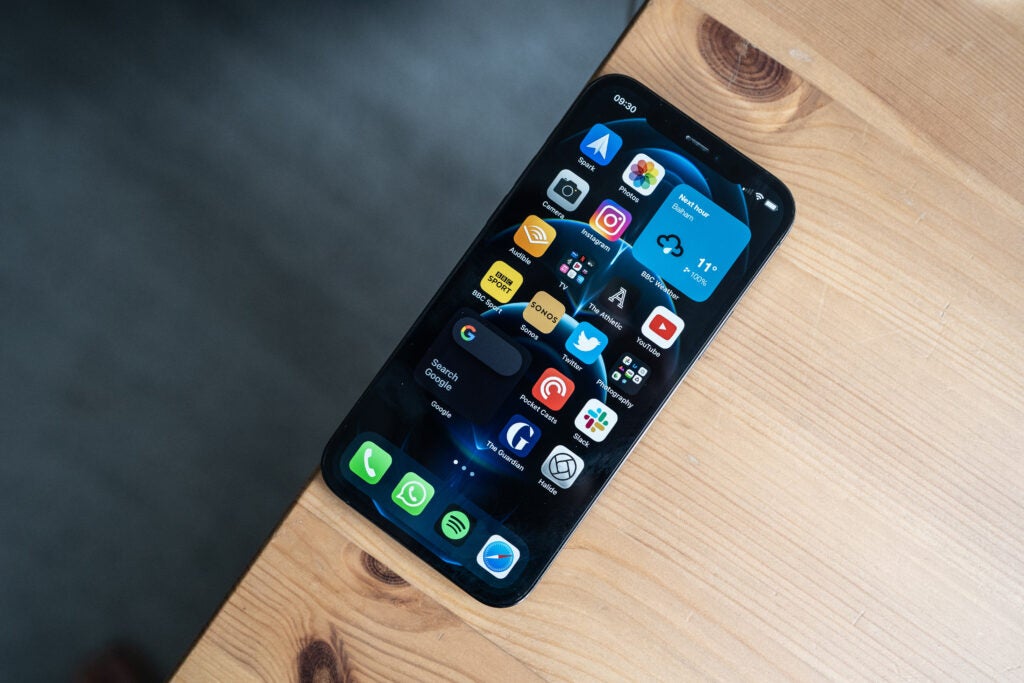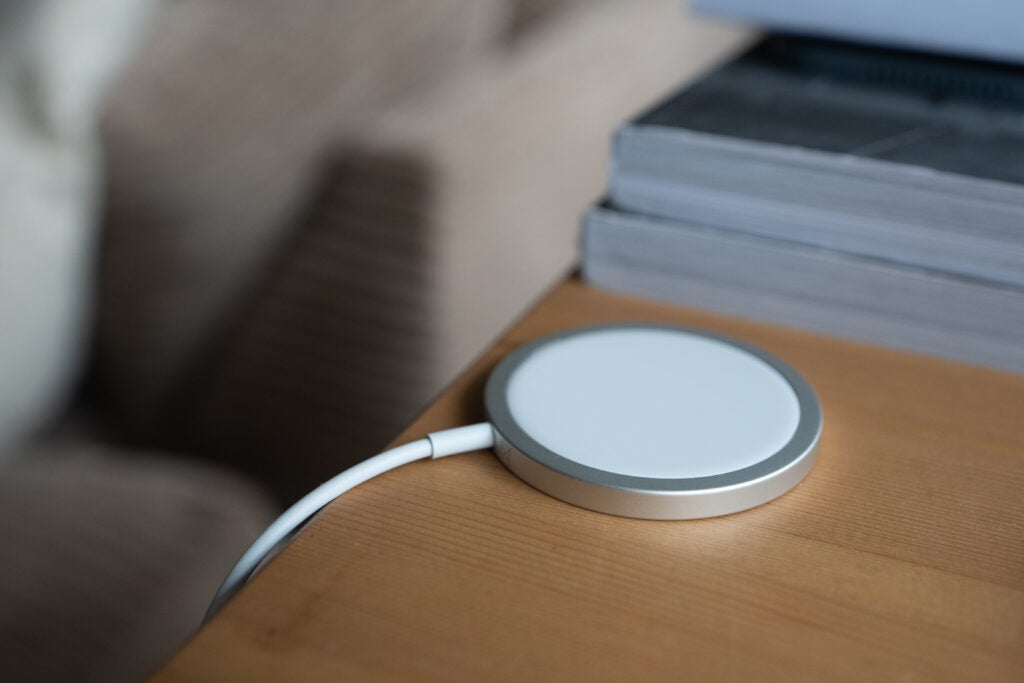Apple unveiled its 2020 line of iPhones just months ago, but we’re already looking forward to what the Cupertino-based company could have in store for 2021.
The iPhone 12, iPhone 12 Pro, iPhone 12 Pro Max and iPhone Mini launched last October and we were impressed with the entire range, awarding each handset four and a half stars in our reviews. You can check out our full reviews to discover what we enjoyed most about each phone and where we think Apple could improve in this year’s models.
It’s still a bit too early to determine what Apple will release later this year, but that hasn’t stopped us from speculating over the leaks and rumours we have seen.
Current rumours include the introduction of a periscope-style lens for better optical zoom without bulking out the design and a revival of Touch ID alongside the iPhone’s existing Face ID capabilities. The latter feels especially pertinent in 2021 as it would help combat the common sign-in struggle created by face masks obstructing the bottom half of the face.
Other rumours touch on the design of the iPhone 13. Both Digitimes (via Forbes) and MacOtakara and have suggested that the next iPhone will work of reducing the size of its dated notch, with the latter also reporting that the phone will be 0.26mm thicker.
As far as the display goes, Jon Prosser of Front Page Tech (via Forbes) has reported that the iPhone 13 will definitely be getting LTPO displays, allowing Apple to include a 120Hz refresh rate on the ProMotion screens.
☝️ yep.
One portless iPhone coming next year.
Never USB-C. Eventually, they’ll all be portless.
— Jon Prosser (@jon_prosser) May 13, 2020
As with previous models, there are rumours that Apple will finally ditch the Lightning port and go completely wireless. Prosser tweeted about the port-less iPhone last May, suggesting that the phones will never adopt USB-C despite pressure from the EU to make the port a universal standard.
The latest news comes from noted Apple analyst Ming-Chi Kuo (via Apple Insider). According to Kuo, Apple is “aggressively” testing a vapor chamber thermal system to be used in the iPhone, allowing Apple to handle higher thermal loads caused by the adoption of 5G and increased CPU performance.
Read on to discover everything else we hope to see in the iPhone 13 this year…
1. A high refresh, ProMotion display
Arguably the biggest missing feature from the iPhone 12 line is a faster refresh rate display, like the ProMotion panels we’ve got on the high-end iPad Pro. Screens with a faster refresh rate than 60Hz look smoother during operation, are more responsive when gaming and they have become commonplace on Android phones at all price points.
Rumour has it some models of the 12 Pro Max were tested with a faster display, but that it was ditched to ensure strong battery life along with 5G. Whether this is the case or not, hopefully it’s something we’ll see next year.
Related: Best iPhone
2. Get rid of the notch
The notch has been dipping into the display of iPhones since the X a few years ago and while it’s easy to get used to, it’s still one of the few design elements that could be improved.

Sorry to compare to Android again, but we’ve seen phones from Samsung, Motorola and OnePlus tackle the notch and minimise its size.
Of course, with the iPhones you’ve got the small problem of FaceID which requires a bevvy of sensors to work as well as it does. If Apple can find a way to reduce the space needed for these sensors, then maybe we might see a smaller notch on the iPhone 13.
3. Give us the TouchID and Face ID combo
FaceID remains the finest facial unlocking system on any phone, as it works accurately in all manner of situations and rarely fails. It has one big issue though: it’s rubbish when you’re wearing a mask, something that feels like it’s going to be a sticking point for quite some time.
The easiest way to combat that is the reintroduction of TouchID, ideally embedded inside the lock button just like it is on the iPad Air 4. This gives you the practicality of a fingerprint sensor with the ease of FaceID.
4. Speed up MagSafe charging
We’re big fans of the new MagSafe Charger you can buy alongside the iPhone 12 (well, aside from the fact that it doesn’t come with a plug). It’s the most practical form of wireless charging as the magnets mean you can use the phone while it’s charging and the puck is incredibly small. Still, when compared to wired charging it’s about 50% slower. If Apple really does want to eventually go portless, the wireless solution needs to be a little bit faster.

The MagSafe Charger
Related: Best phones
5. USB-C?
Apple now uses the hugely convenient USB-C port on its laptop and tablets, but with the iPhone 12 we’re still stuck with Lightning.
A move to USB-C on the iPhone once seemed like a possibility, however with the rumours of a portless iPhone coming it seems like it might never happen. But, if we had our way the iPhone 13 would ditch Lightning and go for USB-C.